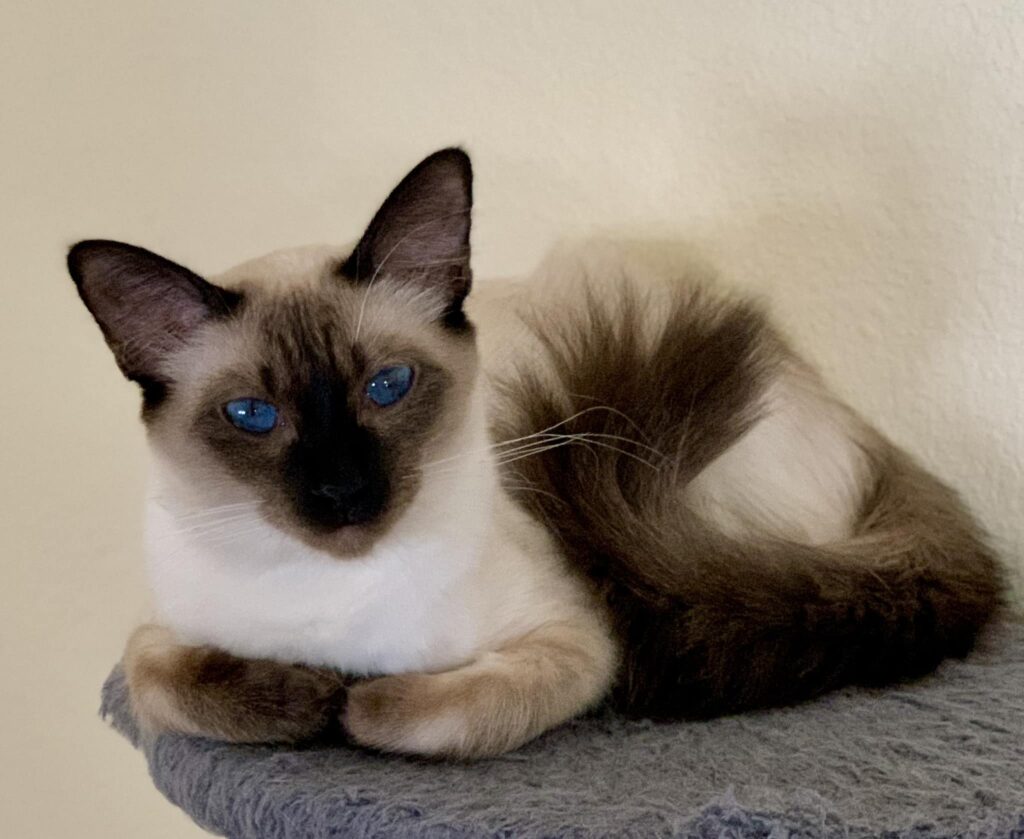Balinese cats are known for their emotional intelligence, vocal expressiveness, and deep attachment to their humans, but their adaptability in multi-pet households is often underestimated. Unlike more territorial or aloof breeds, Balinese cats possess a nuanced social awareness that allows them to navigate complex group dynamics with surprising finesse. Their success in homes with other cats, dogs, or even small mammals depends not only on temperament but also on how introductions and ongoing interactions are managed.
Early socialization plays a pivotal role in shaping a Balinese cat’s response to other animals. Kittens raised in environments with varied species tend to develop a broader social vocabulary, learning to interpret canine body language or feline hierarchy cues with greater accuracy. Even adult Balinese cats, when introduced gradually and respectfully, can form strong bonds with other pets. Their tendency to vocalize and observe before engaging allows them to assess situations rather than react impulsively, which reduces conflict and fosters trust.
Integration strategies should prioritize controlled exposure and emotional pacing. A Balinese cat introduced to a new pet benefits from scent swapping, barrier-based observation, and short supervised interactions. These steps allow the cat to process the presence of another animal without feeling threatened. Owners who rush this process often encounter setbacks, as Balinese cats are sensitive to emotional tension and may withdraw or vocalize distress. Creating neutral zones where neither pet feels territorial can ease transitions and encourage cooperative behavior.
Once integrated, Balinese cats often assume a mediator role in multi-pet homes. Their intelligence and social agility enable them to defuse tension, redirect play, or comfort anxious companions. This behavior is especially evident in homes with reactive dogs or dominant cats, where the Balinese may serve as a calming influence. Their ability to mirror emotional states and respond with gentle engagement makes them uniquely suited to environments that require balance and emotional nuance.
Resource management is essential to maintaining harmony. Separate feeding stations, litter boxes, and resting areas prevent competition and reinforce boundaries. Balinese cats, while generally tolerant, may become stressed if forced to share essential resources without choice. Owners who observe subtle shifts in behavior such as increased vocalization, avoidance, or over-grooming can often trace the cause to resource tension. Adjusting the environment to support autonomy while preserving social access helps maintain emotional stability.
Global pet owners should consider cultural and spatial factors when integrating Balinese cats into multi-pet homes. In compact urban apartments, vertical space becomes critical. Cat trees, wall mounted shelves, and elevated resting spots allow Balinese cats to retreat and observe without disengaging. In larger homes, zoning strategies that rotate access to shared spaces can prevent overstimulation and encourage healthy interaction. Climate also plays a role; in warmer regions, pets may compete for cooler resting spots, while colder environments may require shared heated areas. Understanding these dynamics allows owners to anticipate challenges and design solutions that respect each animal’s needs.
Behavioral enrichment tailored to group settings enhances social cohesion. Interactive toys that encourage cooperative play, scent-based games that promote shared exploration, and training sessions that involve multiple pets can reinforce positive associations. Balinese cats, with their high intelligence and emotional responsiveness, often lead these activities, setting the tone for group engagement. Owners who recognize and support this leadership role can cultivate a household dynamic that feels more like a community than a collection of individuals.
Integrating a Balinese cat into a multi-pet home is not merely a logistical task, it’s a relational journey. Their capacity for empathy, adaptability, and social nuance makes them one of the most harmonious breeds for shared living. When given the space to observe, the tools to engage, and the respect to lead, Balinese cats transform multi-pet households into emotionally rich ecosystems where every member, human and animal alike, finds their place.
Related Cat Breeds:

